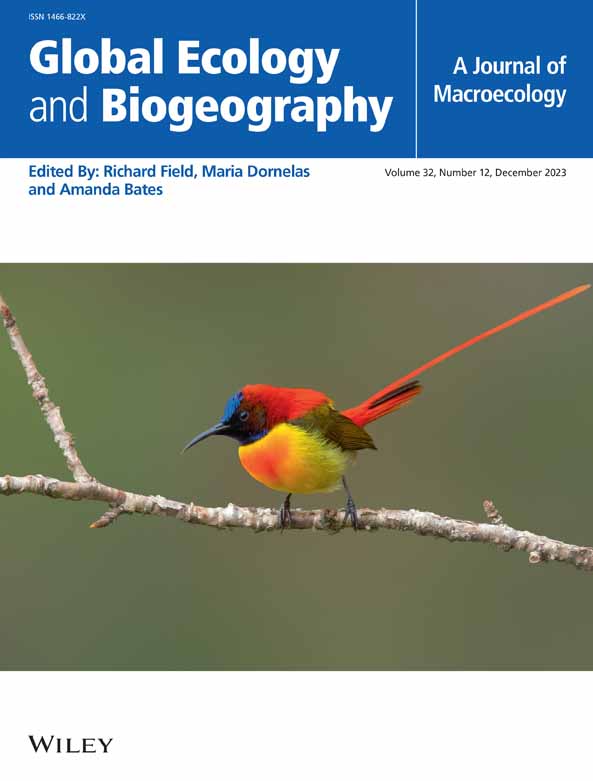Ocean Rafting: Marine Litter and Benthic Stopovers Amplify Species Dispersal Opportunities
Abstract
Background
Rafting of organisms on floating objects, long recognised as a key process in biogeography and evolution, has undergone tremendous change with the rapid increase of ocean litter (plastics and other human-made materials). Resulting increases in raft longevity and abundance expand opportunities for marine species' dispersal. Here, we present a conceptual framework for the role of benthic stopovers by artificial rafts and how these likely enhance cumulative species acquisition and dispersal.
Stages of Benthic Stopovers
We define four stages of benthic stopovers: (1) landing (horizontal transport) or sinking (vertical transport), (2) retention in the benthic habitat (intertidal or subtidal), (3) colonisation by local species, and (4) re-washing (horizontal transport) or re-surfacing (vertical transport).
Colonisation and Dispersal From Stopovers
The fate of floating items and their attached biota depends on the interplay of local (site-related), regional (oceanographic/climatic) and object characteristics. Available literature suggests that stopover events on shores (horizontal transport) are most likely to happen in complex natural environments like mangrove forests or rocky shores. These can trap and retain litter in the inter- and subtidal zone, with access to suitable rafting species. Large and highly buoyant items, with rigid surfaces resistant to breakage, are most likely to complete stopovers.
Conclusions
Stopovers can enhance colonisation and dispersal of biota by increasing both the species pool and frequency of dispersal events by litter rafts. We suggest stopovers are far more common than currently reported and play an increasing role in range dynamics, calling for innovative research to address this knowledge gap.

 求助内容:
求助内容: 应助结果提醒方式:
应助结果提醒方式:


